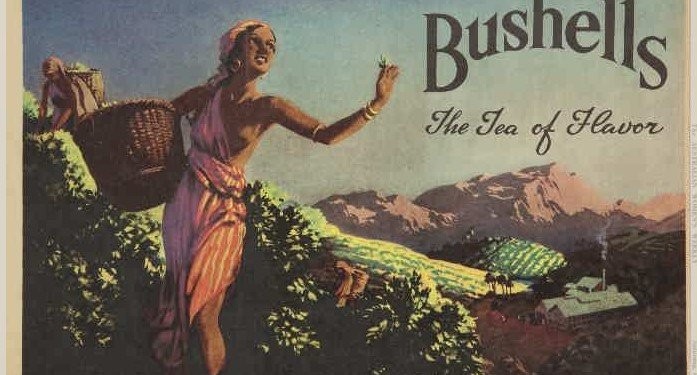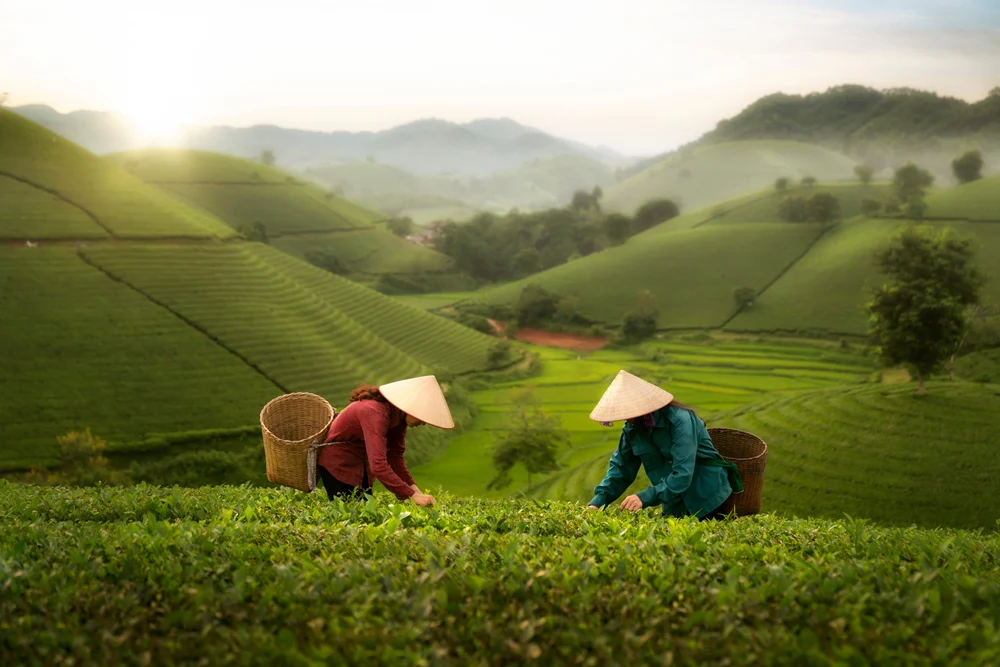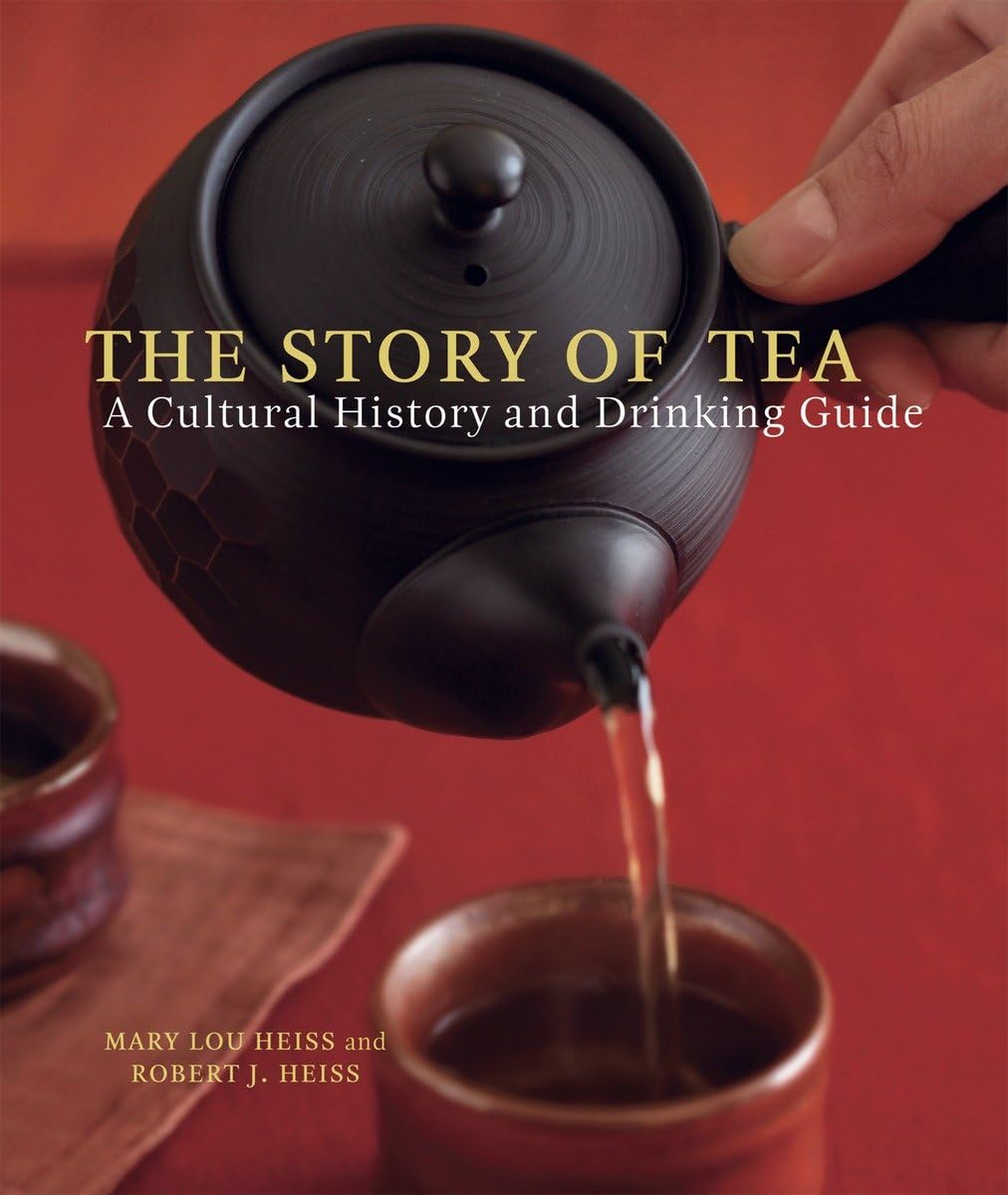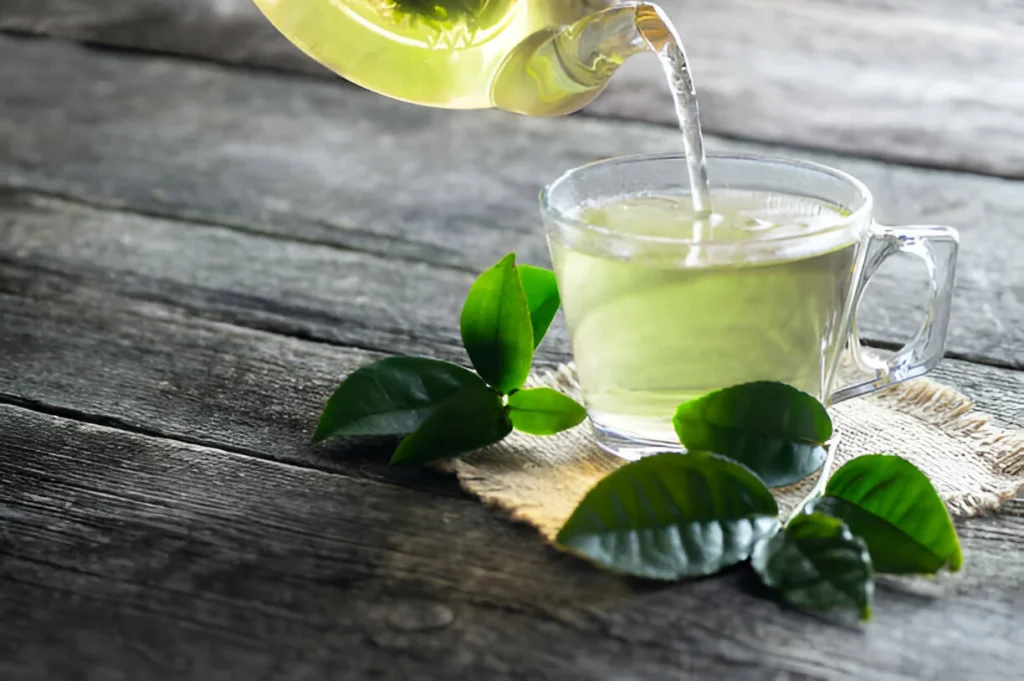The Story of Sri Lanka and Tea
Sri Lanka, formerly known as Ceylon, is synonymous with tea. Today, it stands as one of the world’s largest tea producers and exporters, with its iconic Ceylon tea revered globally for its quality, flavour, and diversity. However, Sri Lanka’s relationship with tea is a relatively modern tale, emerging from a challenging beginning and evolving into an inspiring success story.
This is the captivating journey of how tea became a cornerstone of Sri Lanka’s identity, economy, and culture.
1. Before Tea: Coffee’s Reign
Before tea became the lifeblood of Sri Lanka’s agricultural economy, coffee was the island’s dominant crop during the early 19th century.
The Coffee Boom
- Introduced by the British during colonial rule, coffee plantations flourished in Sri Lanka by the 1820s.
- The island became one of the world’s top coffee producers, driven by favourable climate and British investment.
The Collapse of Coffee
- In the 1860s, a fungal disease known as coffee rust devastated plantations across Sri Lanka.
- By the 1870s, coffee cultivation was no longer sustainable, leaving planters in search of a viable alternative crop.
2. The Birth of Tea in Sri Lanka
James Taylor: The Father of Ceylon Tea
- In 1867, a Scottish planter named James Taylor planted the first commercial tea estate in Loolecondera, Kandy.
- Taylor’s experiments with tea cultivation and processing, including manually rolling leaves and perfecting drying methods, laid the foundation for Sri Lanka’s tea industry.
- His dedication produced high-quality tea, which was well-received in London markets, marking the start of Ceylon tea’s global journey.
Expansion of Tea Cultivation
- By the 1880s, tea plantations replaced coffee across Sri Lanka.
- The island’s climate, diverse elevations, and rich soil proved ideal for growing tea, leading to exponential growth in production.
3. British Influence and the Rise of Ceylon Tea
Development of Plantations
- British planters established vast tea estates, introducing efficient management systems and industrialised processing techniques.
- Skilled labour was brought in, mainly from South India, to work on plantations. These workers played an essential role in shaping Sri Lanka’s tea industry, although often under harsh conditions.
Global Recognition
- Ceylon tea gained international acclaim for its superior quality.
- The first shipment of Ceylon tea, 23 pounds, was sent to London in 1873. Its success established Sri Lanka as a major player in the global tea trade.
4. Independence and the Nationalisation of Tea
Post-Independence Changes
- Sri Lanka gained independence from British rule in 1948, but tea remained a central pillar of the economy.
- In the 1970s, the government began nationalising tea plantations to redistribute wealth and empower local ownership.
Privatisation and Modernisation
- By the 1990s, tea plantations were re-privatised to improve efficiency and competitiveness.
- Investment in research, sustainable farming practices, and innovation revitalised the industry.
5. The Diversity of Ceylon Tea
Sri Lanka’s unique geography divides its tea-growing regions into seven distinct areas, each producing teas with unique flavour profiles. The most famous regions include:
- Nuwara Eliya: High-altitude teas known as the “Champagne of Ceylon,” with light, floral notes.
- Dimbula: Balanced and mellow teas with a hint of citrus.
- Uva: Aromatic teas with woody and menthol-like flavours.
- Ruhuna: Lowland teas that are bold, dark, and malty.
This regional diversity sets Ceylon tea apart and caters to a wide range of palates.
6. Ceylon Tea and Global Influence
The Iconic Lion Logo
- Introduced by the Sri Lanka Tea Board, the lion logo ensures that only 100% pure Ceylon tea carries this emblem, symbolising quality and authenticity.
Global Exports
- Sri Lanka is one of the largest tea exporters, with its products reaching over 140 countries.
- Ceylon tea contributes significantly to the country’s economy and is a staple in global tea blends like Earl Grey and English Breakfast.
7. Tea as a Cultural Symbol
Tea is deeply woven into Sri Lankan culture, playing a vital role in daily life and traditions.
Hospitality
- Tea is a symbol of hospitality in Sri Lanka. Guests are often welcomed with a freshly brewed cup of Ceylon tea.
Tea Tourism
- Tea estates, such as those in Nuwara Eliya, have become popular tourist attractions.
- Visitors can explore the lush plantations, tour processing factories, and enjoy tea-tasting sessions.
8. Challenges and Sustainability
Labour Issues
- Plantation workers, often descendants of South Indian migrants, face challenges related to wages, working conditions, and access to education.
- Efforts are being made to improve their quality of life and provide fair compensation.
Climate Change
- Rising temperatures and erratic weather patterns threaten tea cultivation.
- Sri Lanka’s tea industry is adopting sustainable practices, such as organic farming and water conservation, to address these challenges.
9. Health Benefits of Ceylon Tea
Ceylon tea is not only delicious but also offers several health benefits:
- Rich in Antioxidants: Supports immune health and combats free radicals.
- Heart Health: May improve circulation and reduce the risk of heart disease.
- Digestive Aid: Known to soothe the stomach and improve digestion.
10. Ceylon Tea Today
Ceylon tea remains a symbol of quality and heritage, proudly representing Sri Lanka on the global stage. Its story is one of resilience, innovation, and dedication, reflecting the island’s rich history and vibrant culture.
Conclusion
The journey of Sri Lanka and tea is one of transformation—from a colony devastated by coffee rust to a global leader in tea production. The legacy of Ceylon tea continues to thrive, captivating tea lovers with its unparalleled diversity and excellence. Whether enjoyed as a daily ritual or a luxurious indulgence, every cup of Ceylon tea carries the spirit of Sri Lanka’s enduring passion for perfection.






